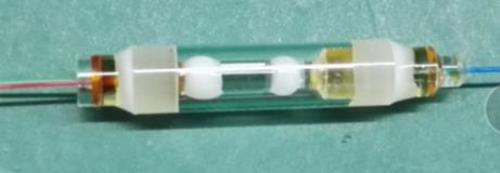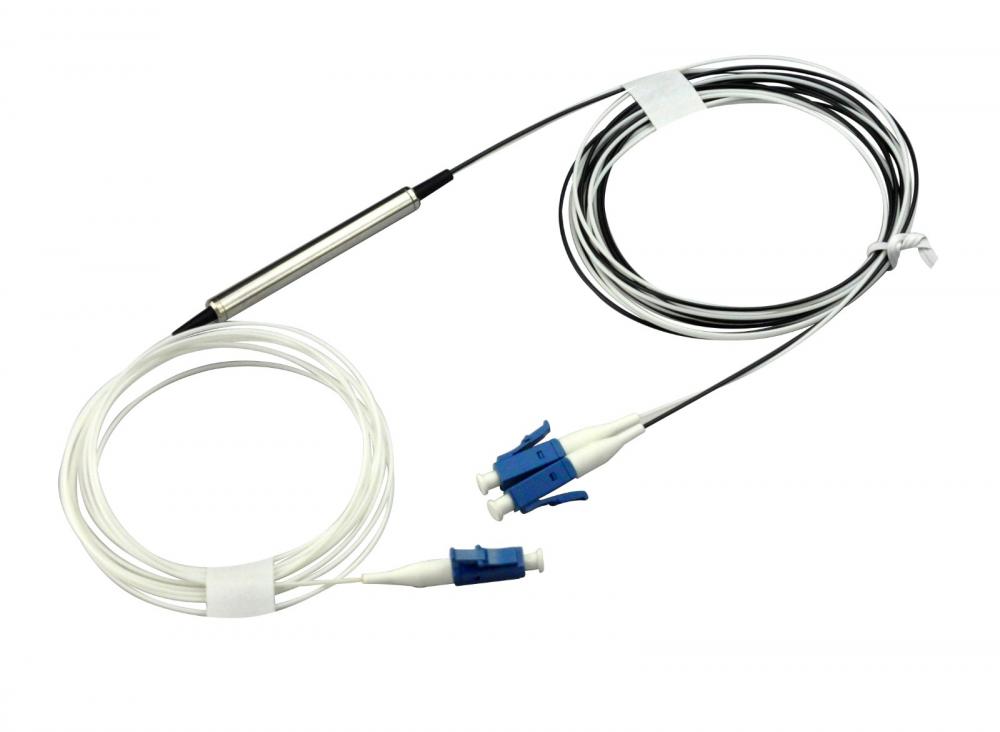Gaogou Town, Chaohu City, Anhui Province is one of the four major wire and cable industrial bases in the country and is known as the First Town in Anhui Province. In this small town on the bank of the Yangtze River with an area of ​​less than 100 square kilometers, more than 200 wire and cable and its supporting companies gather here. At present, this small town famous for its cables is worrying about cables.
20% of small-scale enterprises stopped production Gaogou was once called Wenzhou in Anhui Province. Its wire and cable industry originated in the 1980s and was gradually changed from the production of electric heating products. At present, there are more than 400 various types of enterprises in the town, mainly focusing on the convergence of upstream and downstream products of wire and cable. At present, the industry gradually extends from the field of cable manufacturing to the supply of raw materials, product design and sales services, and forms an industrial chain in which upstream and downstream companies are connected to each other and large and medium-sized enterprises complement each other.
However, in such a specialized town with a relatively mature industry, the financial crisis has not been affected much, but now some companies are bearing the test of life and death.
“Gaogou’s dilemma is first and foremost an industrial dilemma, and it is a microcosm of China’s professional township that is dominated by private enterprises,†said Cao Zhongnian. Due to the low investment threshold, a large number of enterprises have flooded into the market, blind investment has caused the companies in the industry to “become excessive and excessiveâ€, excess capacity, and oversupply has caused everyone to compete with each other, especially low-end and middle-end wires with relatively low technology added value. Cable products, price competition and marketing become popular. At the same time, the consequences of “bad money driving good currency†appeared. According to the results of the spot checks released by the State Bureau of Quality Supervision, 60% of the cable products were unqualified.
“Part of the 'workshop companies' are doing their own things, making fake and shoddy goods, shoddy work, cutting corners, shoddy work, shoddy goods, and non-standard products. They have hidden huge security risks, depressed sales prices, and aggravated the disorderly competition in the industry. The lower the price, it also makes legal production companies and distributors struggling, "said Cao Zhongnian.
As for the predicament, Cao Zhongnian calculated a report for the reporter: The material last year was 6.2 million yuan per ton, and 70,000 yuan per ton this year. The terminal sales price has not only gone up, but has fallen. "You can only lower it slightly, or you will sell it. Can't afford to leave." Moreover, interest on bank loans is increasing. Cable companies are mostly private enterprises, and they can make loans. The interest rate also needs to rise by about 40%, and some of them simply do not get enough money. Because financing is difficult, the entire industry has experienced a slow cycle of capital repayment, and the triangulation has become very popular. In the past three months, it was able to make payments, and now it can be back in six months. Only the cost of capital will eat about 80% of the gross profit of the industry. The cost of materials, manpower, and capital has been rapidly increasing, just like the three big mountains are on the head of cable companies.
"Profit was originally less than 20 points, and it has now been overdrawn. In this industry, no company is not debt-free. Bank loans are like a “sweeping spellâ€. Companies are struggling on the break-even point. Without cash flow, banks may go into debt collection. Immediately die, lose money, you can slowly die.Now Gao Gou has nearly 10% to 20% of small companies have stopped production, these companies are following in recent years, no market, no financial support, can only choose Discontinued production." Cao Zhongnian said.
Difficult transformation and upgrading According to the data released by the China Wire and Cable Association, there are as many as 7,000 large and small enterprises in the wire and cable industry with a production capacity of more than 1,000 billion. At present, China's wire and cable market demand is only 700 billion, and the net surplus is 300 billion.
The reason is that, as an investment industry, the cable industry's dilemma depends on the market demand brought by public investment for a long time, satisfies the expansion of low-tech capacity, blindly follows the trend, and constantly competes for prices by fighting down prices. Once the growth rate of social investment slows down, overcapacity pressure will be released and the industry crisis will have to be the result.
As for the way out, the reporter learned that in an interview, in order to speed up the transformation and upgrading of the wire and cable industry, bigger and stronger wire and cable companies, Wuwei County has successively introduced a number of incentives to encourage enterprises to increase technological innovation and investment, and accelerate the transformation and upgrading.
Cable companies in other regions have also received support from the local government to varying degrees, but this is only a local wish.
The squeeze of profit space made Cao Zhongnian very helpless when talking about the future development of the cable. He told reporters that on July 5th he was talking to strategic investors, and the new project may no longer be the cable industry.
"In this industry, you can say a word like this, you will not die and revive the market environment. There is no future without compressing production capacity," said Cao Zhongnian.
As for enterprise innovation and transformation and upgrading, Cao Zhongnian said that as long as there is a demand for cable, there is demand. As one of the construction materials, the demand determines the way out of the product. At present, the domestic high- and low-end cables all have excess capacity, and the dilemma remains unchanged after the transformation and upgrading. On the other hand, R&D needs investment. For many companies that can only maintain “open-door food†now, the funds are like mountains on top of their heads. Where can they still invest in R&D?
FWDM - Filter Wavelength Division Multiplexer
Since the "optical telephone" device designed by Bell in 1880 was proved that light waves can transmit information, the era that truly brought optical communications came after the 1980s. A complete optical communication system should meet three conditions: light source, optical fiber, and photoelectric detection. In 1966, the United States borrowed from the Chinese Dr. Gao Kun to publish a thesis, pointing out that "quartz glass fiber is used to transmit optical signals for communication." In 1970, Corning Corporation of the United States successfully developed optical fiber, which provided an ideal transmission medium for optical communications. During this period, semiconductor lasers were also successfully developed, and light sources with wavelengths suitable for optical fiber low-loss transmission played a decisive role in optical fiber communications, all of which made the development of optical fiber communications extremely rapid.


Filter WDM, FWDM Splitter, Filter WDM Splitter
Shenzhen GL-COM Technology CO.,LTD. , https://www.szglcom.com